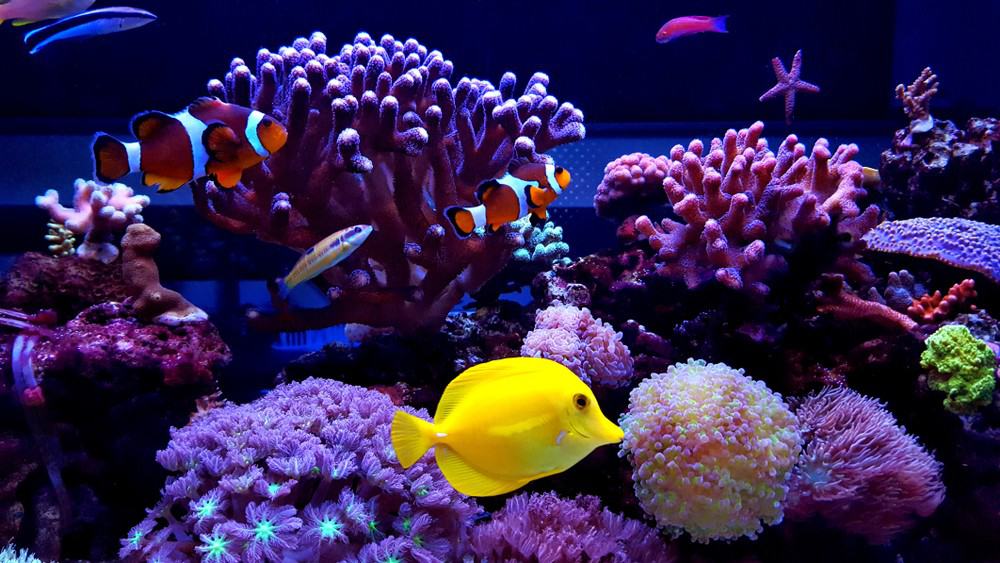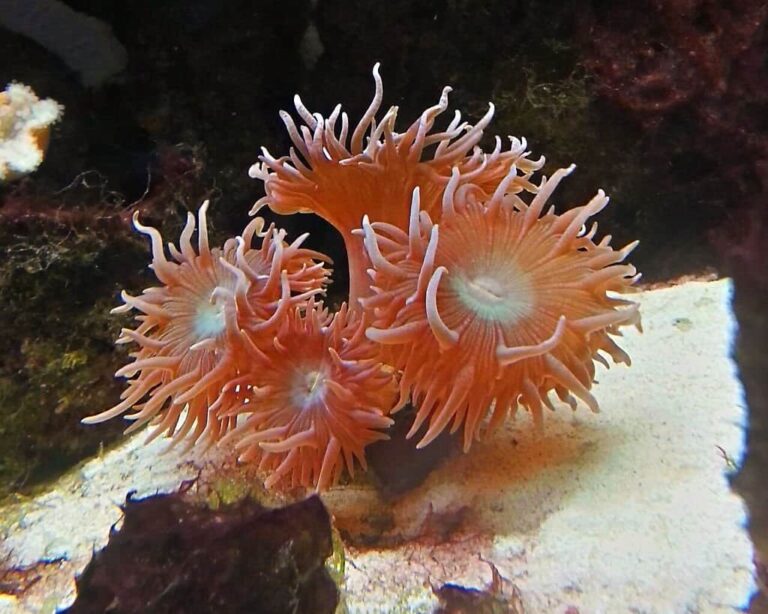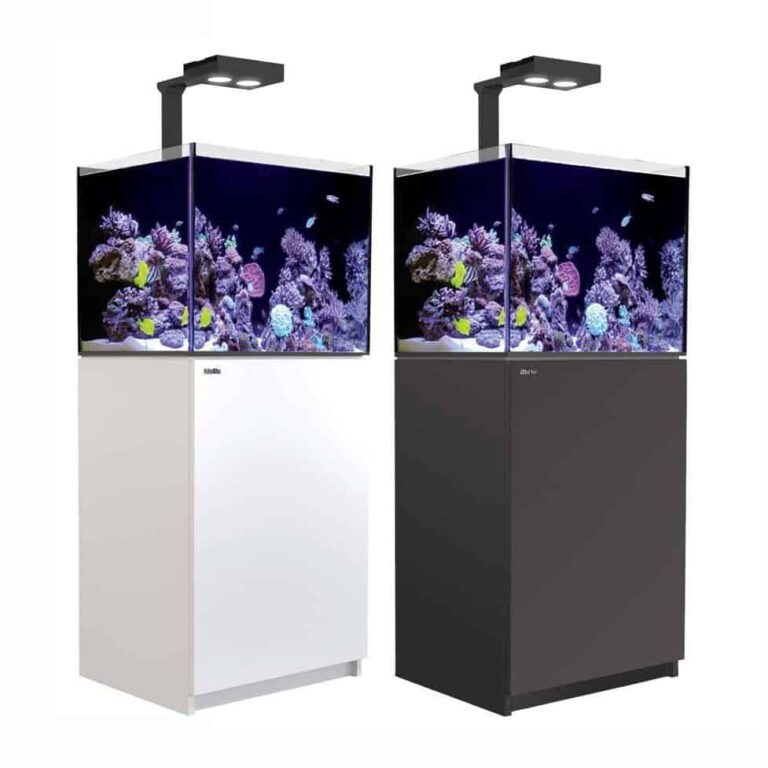Whilst fishkeeping can be a great way of bringing a slice of nature into your home, there are many fish which are simply not suitable for aquariums.
Many people who have become fascinated with the underwater world want to replicate this captivating environment in their own home. However, Bob Hoffmann, fish lover and avid fish tank owner recommends only keeping fish which have been bred in captivity.
Taking fish from the ocean and their natural reef habitat is destructive and many species are dwindling due to this practice.
Endangered Saltwater Aquarium Fish
So many fish don’t even make the journey from sea to tank, let alone the fact that once they’re in the tank they’ll likely become stressed and have a shortened lifespan because it’s such a different habitat to their natural one.

Here are a six endangered aquarium fish species which shouldn’t be taken from their natural habitat and kept in aquarium habitats.
1. Yellow Tang
Almost all of these brilliant yellow fish are caught in Hawaii, and the number of Yellow Tangs in Hawaii have been seriously depleted.
Whilst they are not listed as endangered on the IUCN, the number of them that are taken from their natural habitat for the aquarium industry is high.
They are typically captured unsustainably by net, and they are the fourth largest import of aquarium fish in the US.
The Hawai’i Pacific University’s Oceanic Institute is currently attempting to breed Yellow Tangs in hope that they’ll be able to let breeders know how to breed them commercially.
2. Banggai Cardinalfish
These beautiful fish are currently listed as ‘endangered‘ on the IUCN redlist. It’s unsurprising that this species is highly sought after with its iridescent silver body and black stripes and white spots.
The Banggai cardinalfish only lives in one small region which is around 3,200 square miles in Indonesia. Due to the fact that they live in shallow waters, this also makes them very easy to catch.
This species has been drastically overfished, raising from around 600,000 Banggai Cardinalfish in 2002, to 1.8 million fish per year.
Considering there were only an estimated 2.4 million fish in 2002, this is a huge percentage.
3. Blue-Green Chromis
Unfortunately, these fish are all too commonly kept in the aquarium trade. They are the number one aquarium fish imported into the US and the likelihood is many of them are captured with cyanide.
Whilst their numbers are still abundant in the wild, the vast majority of wild caught species have tested positive for cyanide, meaning that overfishing of this species is having a very negative effect on ocean environment as a whole.
These fish are notoriously hard to breed in captivity hence the large numbers which are taken from the wild.
4. Blue Hippo Tang
Finding Nemo quickly brought these fish to the attention of many people, who wanted their very own Dory and Nemo tank.
Unfortunately, not much is known about how to breed them in captivity, unlike the clownfish. And so, all the specimens that you’ll find available for sale are wild caught and many have been collected illegally.
This has had devastating effects of their wild population, and despite them not being listed as endangered or threatened, over-fishing will inevitably lead to this.
5. Red Tail Shark
It’s not just marine fish which are endangered in the wild, there are also a number of freshwater fish which are almost extinct in the wild.
The Red Tail Shark is available widely in the aquarium industry, so it may come as a surprise to hear that these fish are listed as critically endangered in the wild.
This small freshwater fish is native to Thailand. Ironically this species was declared extinct back in 1996, however in 2011 a small population of them was found in Thailand’s Chao Phraya basin so they’re now listed as critically endangered.
The vast majority of Red Tail Sharks which are available through the aquarium industry have been bred in captivity.
6. Blue Mandarin
These are undoubtedly one of the most colorful and stunning looking fish in the ocean. It is one of the only animals in the world to have a natural blue pigmentation.
These fish are often wild caught, but the problem is – few of them can survive life in captivity. They often retain their colors for a few weeks, but are very picky eaters and will starve to death quite quickly.
Captive Bred Fish are The Solution
The way that many of these fish are caught in the wild, is often quite barbaric. They are speared through their fins and this not only injures them, but also kills many of them.
Unfortunately, up to 98 percent of saltwater fish can’t be bred in captivity, and many of the tropical fish which enter the US each year are illegally caught with cyanide.
This chemical stuns fish, allowing them to easily be caught. This practice is seriously problematic for reefs, and many fish die from exposure.
Therefore, you should either just observe the beauty of these fish whilst diving, or if you’re set on keeping an aquarium, only keep species which are captive bred.
Some examples include Gobies, Dottybacks, Blennies and some species of Clownfish.






